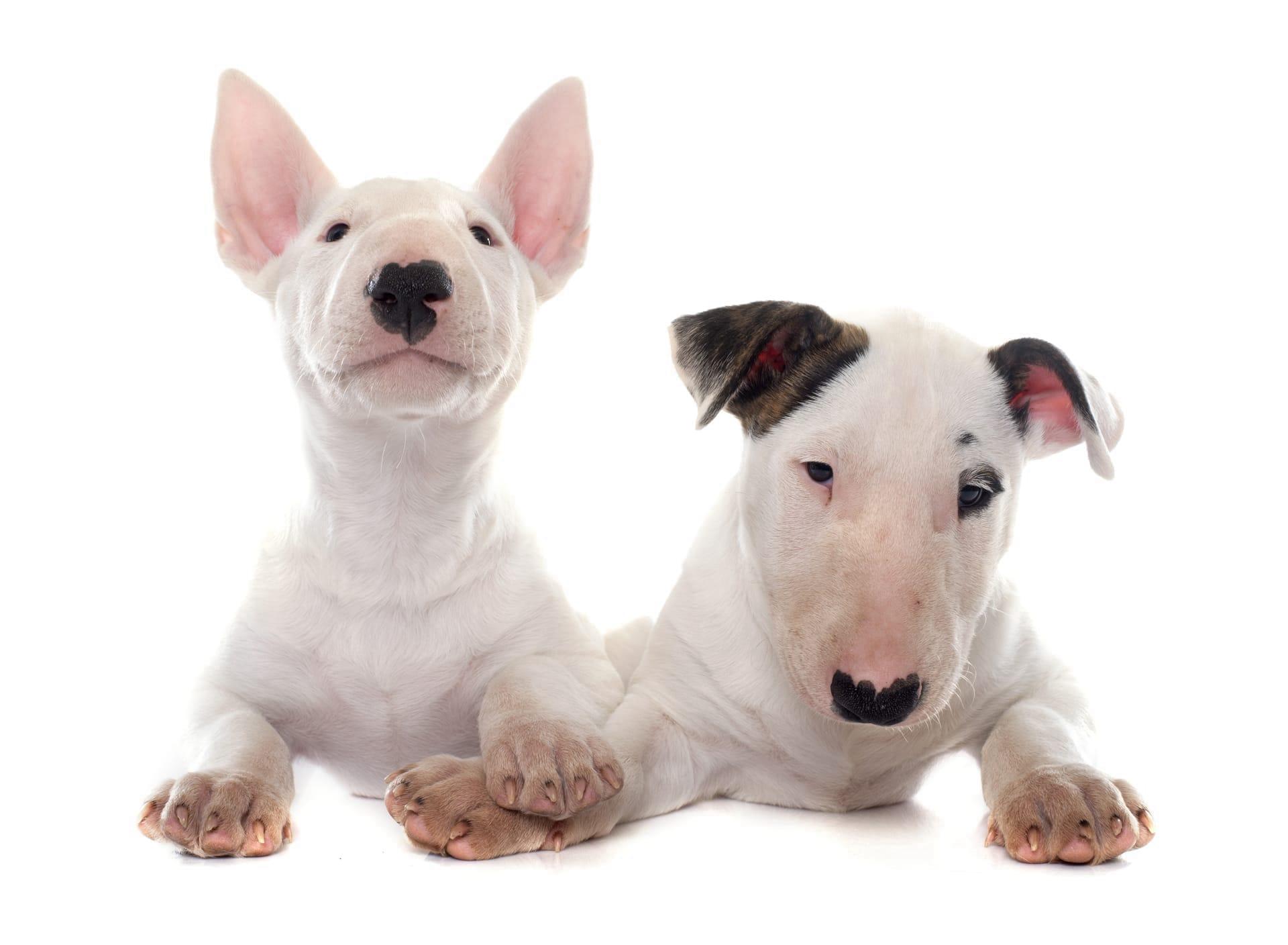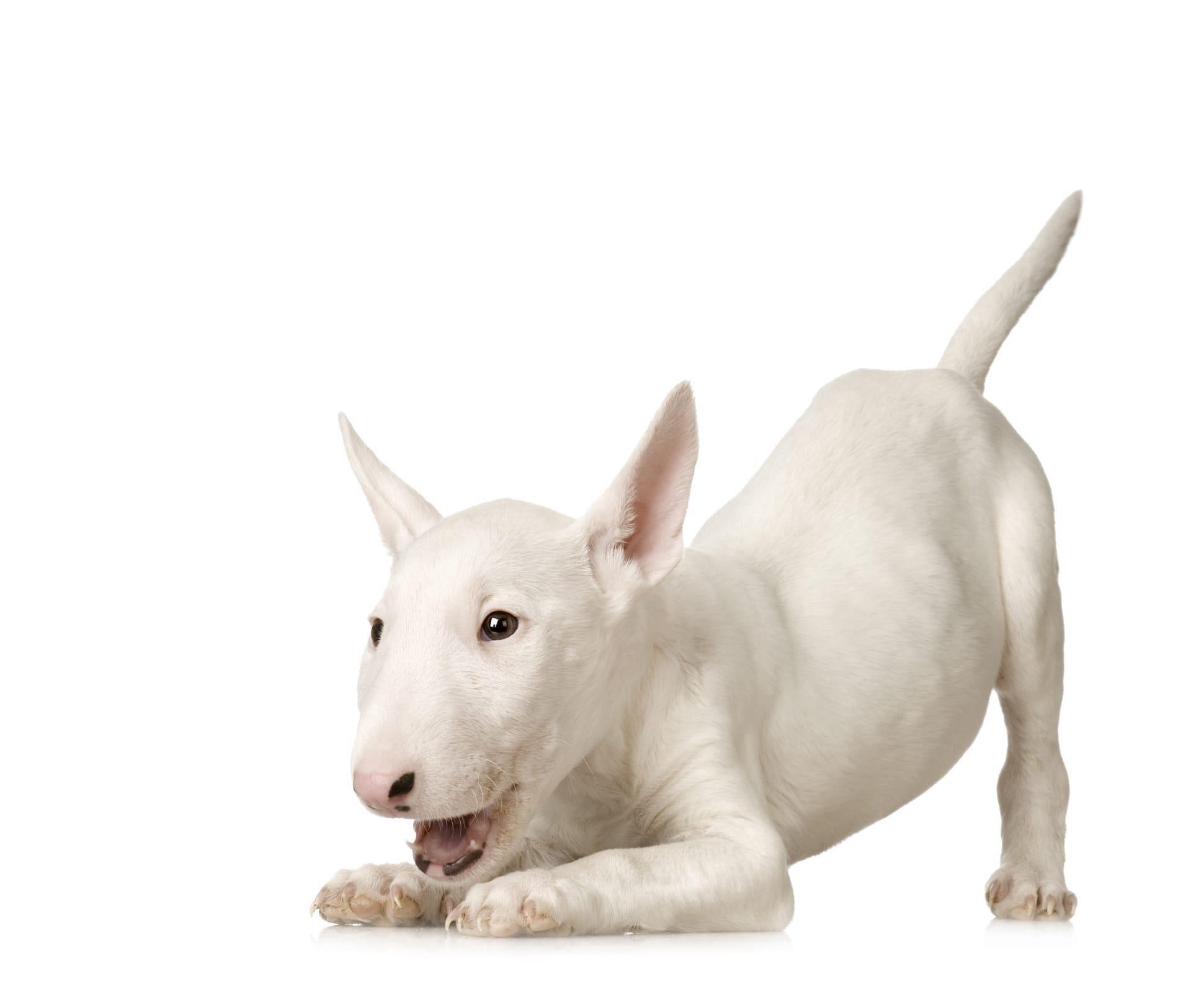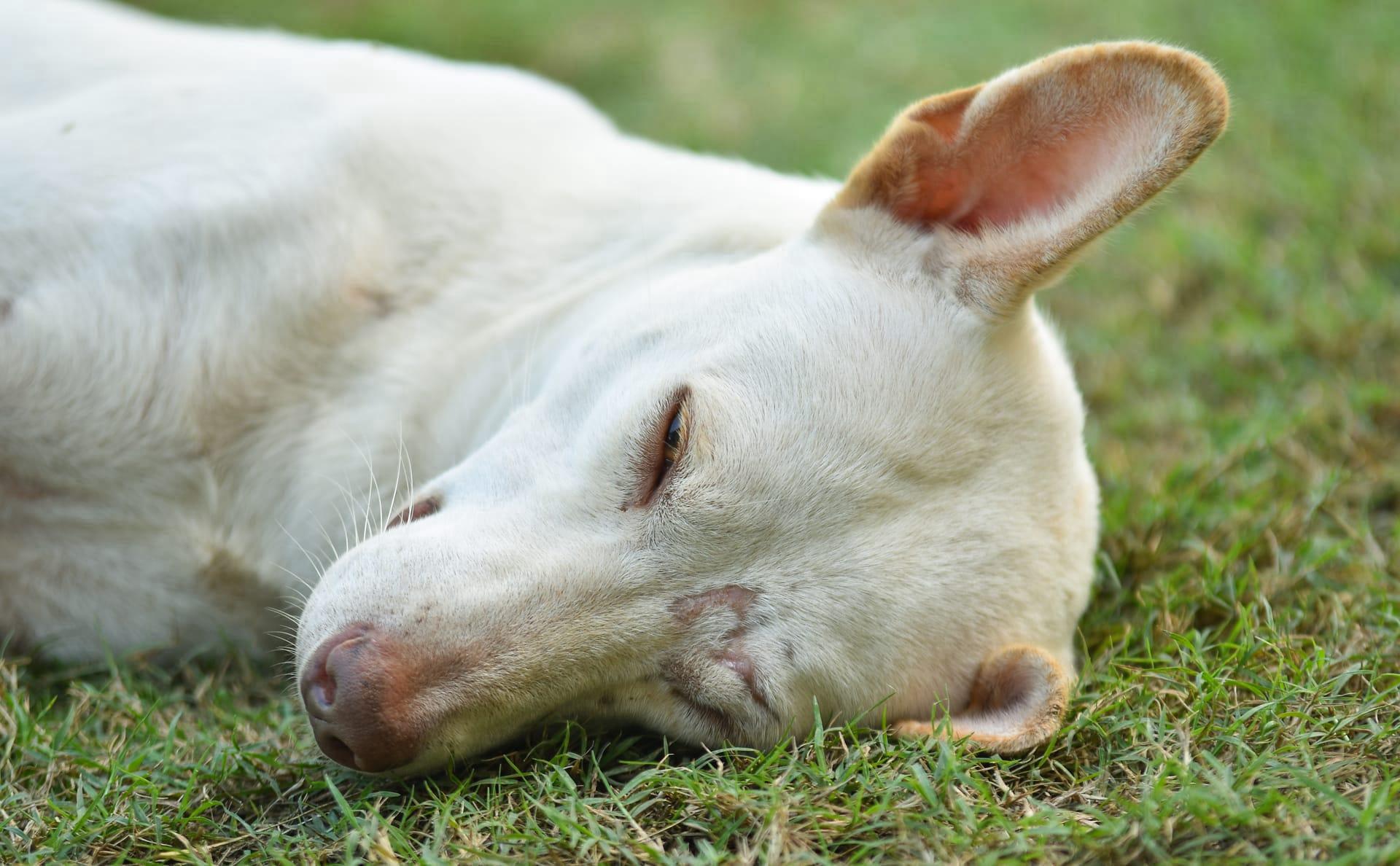Bull Terrier
- Home /
- Mini Encyclopedia /
- Animal /
- Bull Terrier
1
Bull Terriers belong to the Canidae family, specifically classified under the genus Canis. Scientifically known as Canis lupus familiaris, they are a subspecies of the gray wolf. Bull Terriers were initially bred from the now extinct Old English Bulldogs and the Old English Terriers, combining the strength of the former and the agility of the latter. This breed, recognized by its distinctive egg-shaped head, muscular body, and triangular eyes, falls under the Terrier group, known for their tenacity and courage.
Originally developed in England during the early 19th century, Bull Terriers have since spread globally. In the United States, they gained popularity in the late 20th century. Today, these dogs are found worldwide, with significant populations in the UK, USA, Australia, and parts of Europe. Their adaptability to various climates and environments has contributed to their widespread distribution. They are primarily kept as companion animals but have also been used in dog sports and as show dogs due to their distinctive appearance and temperament.

2
Question: Are Bull Terriers inherently aggressive and dangerous?
Answer: This is a common misconception. Bull Terriers are not inherently aggressive. Their behavior, like that of any breed, depends largely on upbringing, training, and socialization. Originally bred for bull-baiting and later for dog fighting, they have a history associated with aggression. However, contemporary Bull Terriers, bred as companions, are known for their affectionate and playful nature. They do possess a high energy level and can be stubborn, necessitating consistent training and social interaction. Properly socialized Bull Terriers are known to be friendly and good with families, debunking the myth of their inherent aggression.

3
Bull Terriers have a unique relationship with humans, often described as affectionate and loyal companions. They are known for their strong attachment to their owners and can be very protective. This breed thrives on human interaction and does not do well in isolation. Their playful and sometimes clownish behavior makes them a favorite among families. However, their strong will and energy require an owner who can provide firm, consistent training and ample exercise.
Historically, Bull Terriers were also used as working dogs. Their roles included ratting, herding, and as guard dogs, utilizing their intelligence and tenacity. Today, they are primarily kept as pets but have found roles in therapy and as service dogs, showcasing their versatility and ability to form deep connections with humans. Their sensitivity to human emotions makes them excellent companions, particularly in therapeutic settings where they provide comfort and support.

4
The origin of the Bull Terrier dates back to the early 19th century in England. The breed was developed by crossing the Old English Bulldog with the Old English Terrier, with some later infusions of Spanish Pointer blood. This breeding aimed to create a dog that combined the Bulldog's tenacity and strength with the Terrier's agility and spirit. The result was a breed that excelled in the now-outlawed sports of bull-baiting and dog fighting.
Over time, the Bull Terrier underwent significant evolutionary changes. In the late 19th century, breeders began selecting for more refined traits, leading to the distinctive "egg-shaped" head, a feature not present in the original breed. These changes were accompanied by a shift in the breed's role, from fighting and baiting to companionship and show. The modern Bull Terrier has a more stable and affectionate temperament than its predecessors, reflecting the change in breeding goals from aggression to companionship.

5
Film: "It's a Dog's Life" is a 2013 documentary produced in the United States. This film delves into the lives of various dog breeds, including the Bull Terrier. It focuses on the breed's history, characteristics, and the evolution of its role from a fighting dog to a beloved companion. The documentary highlights the misconceptions surrounding Bull Terriers, aiming to educate the public about their true nature.
Book: "Bull Terriers: A Dog Owner's Guide" is a comprehensive book published in the United Kingdom in 2010. Authored by Jane Hubble, it covers the essentials of Bull Terrier care, training, and health. The book provides insights into the breed's temperament and offers practical advice for both new and experienced owners.
Book: "The Bull Terrier in Art and History" is a 2015 book by American author Michael Pariser. It explores the cultural significance of Bull Terriers, tracing their representation in art and society. The book offers a unique perspective on how the breed's image has evolved, reflecting broader changes in human attitudes towards dogs.